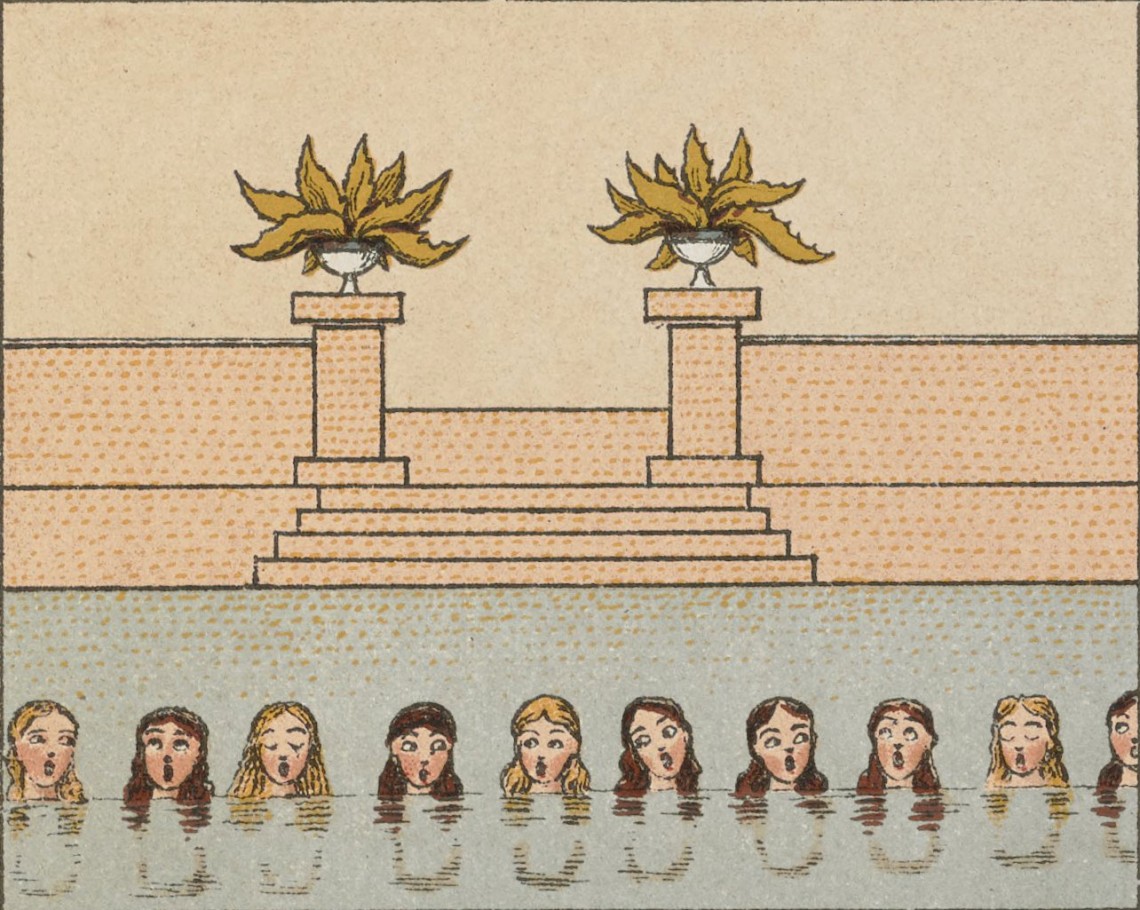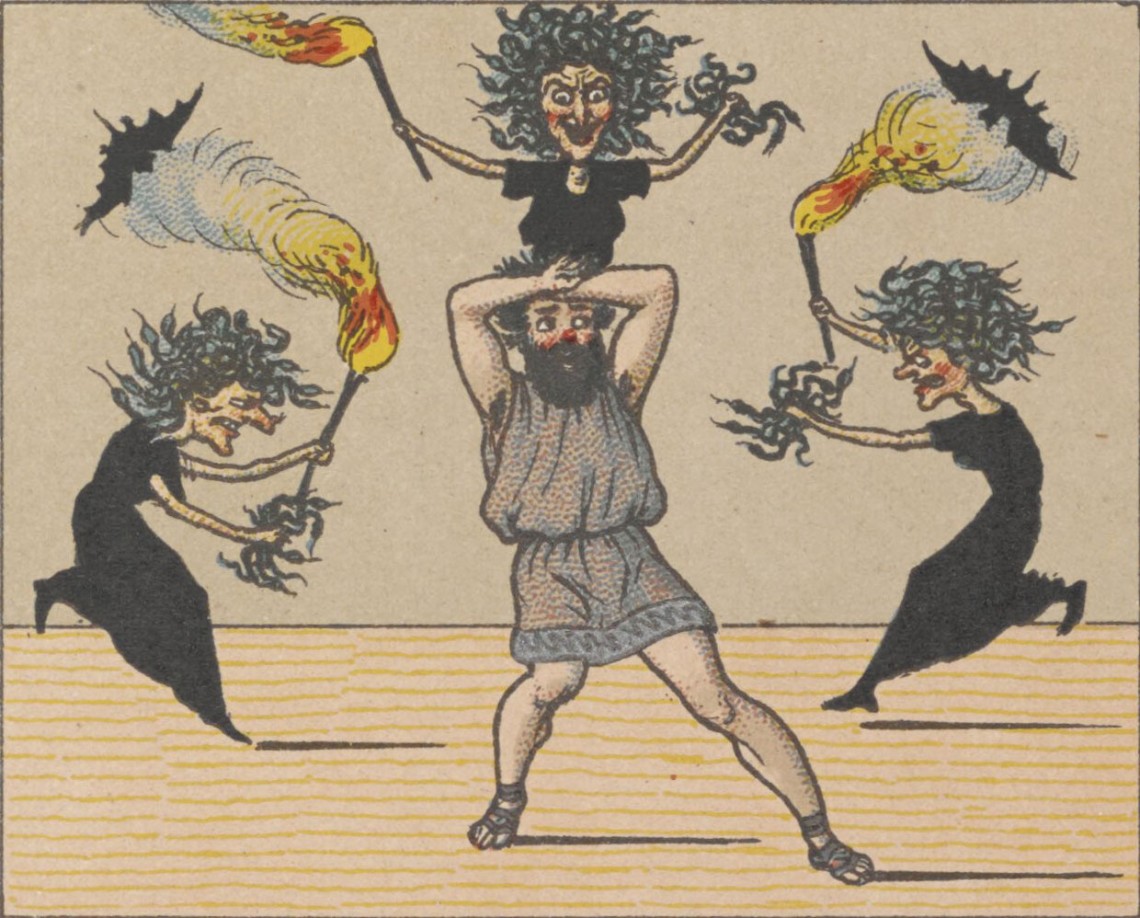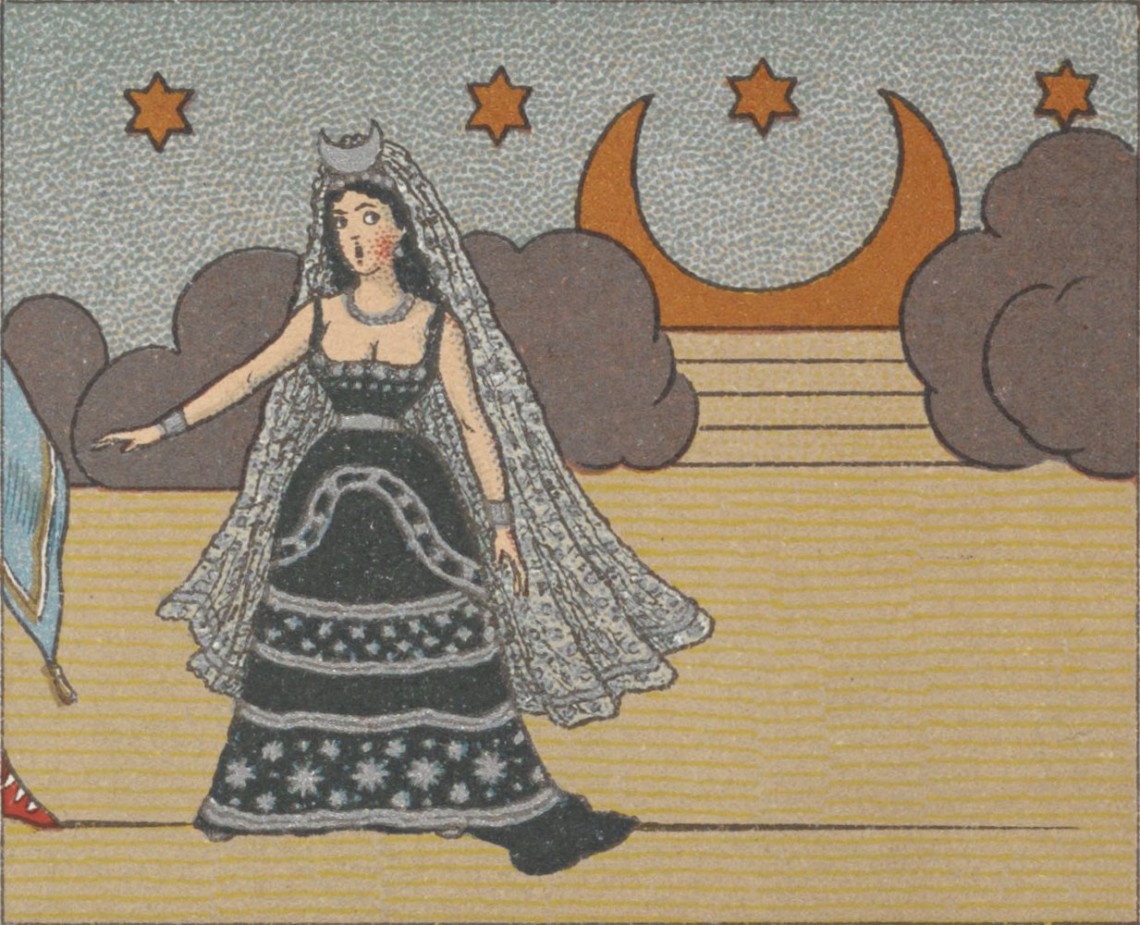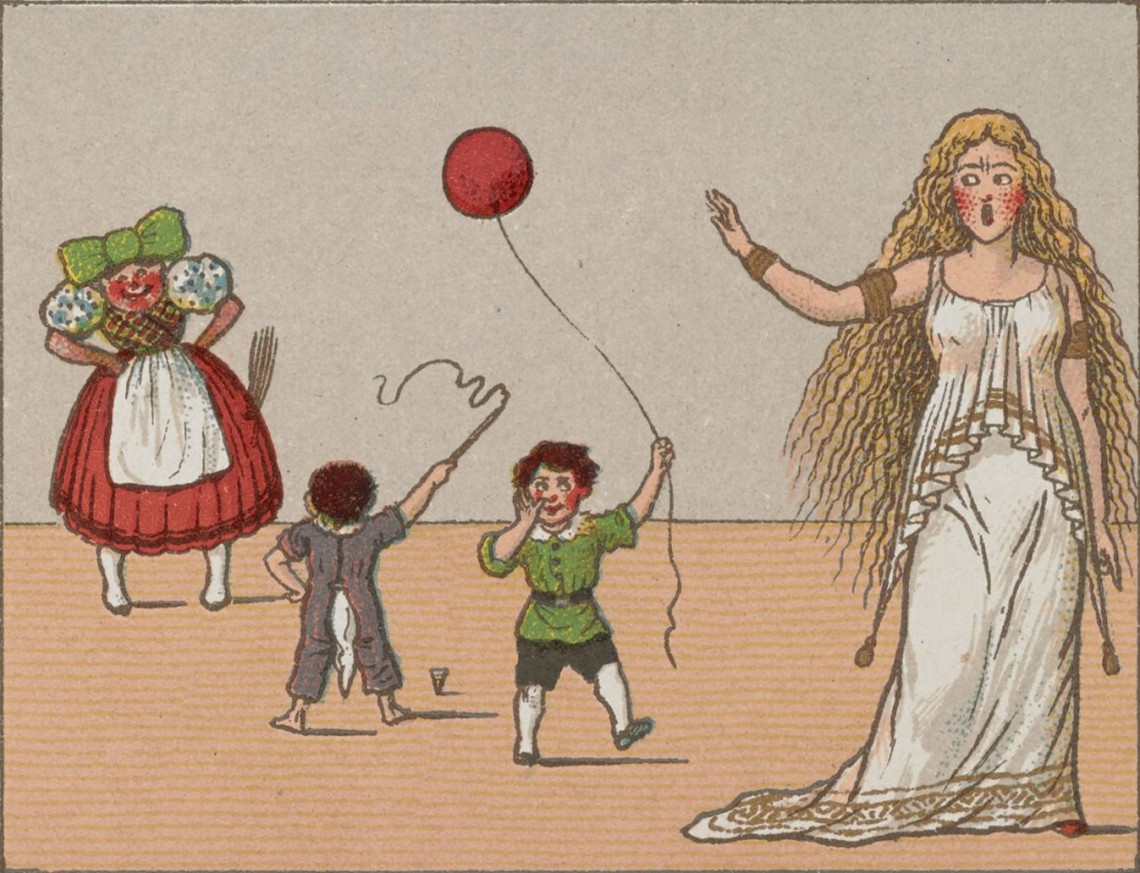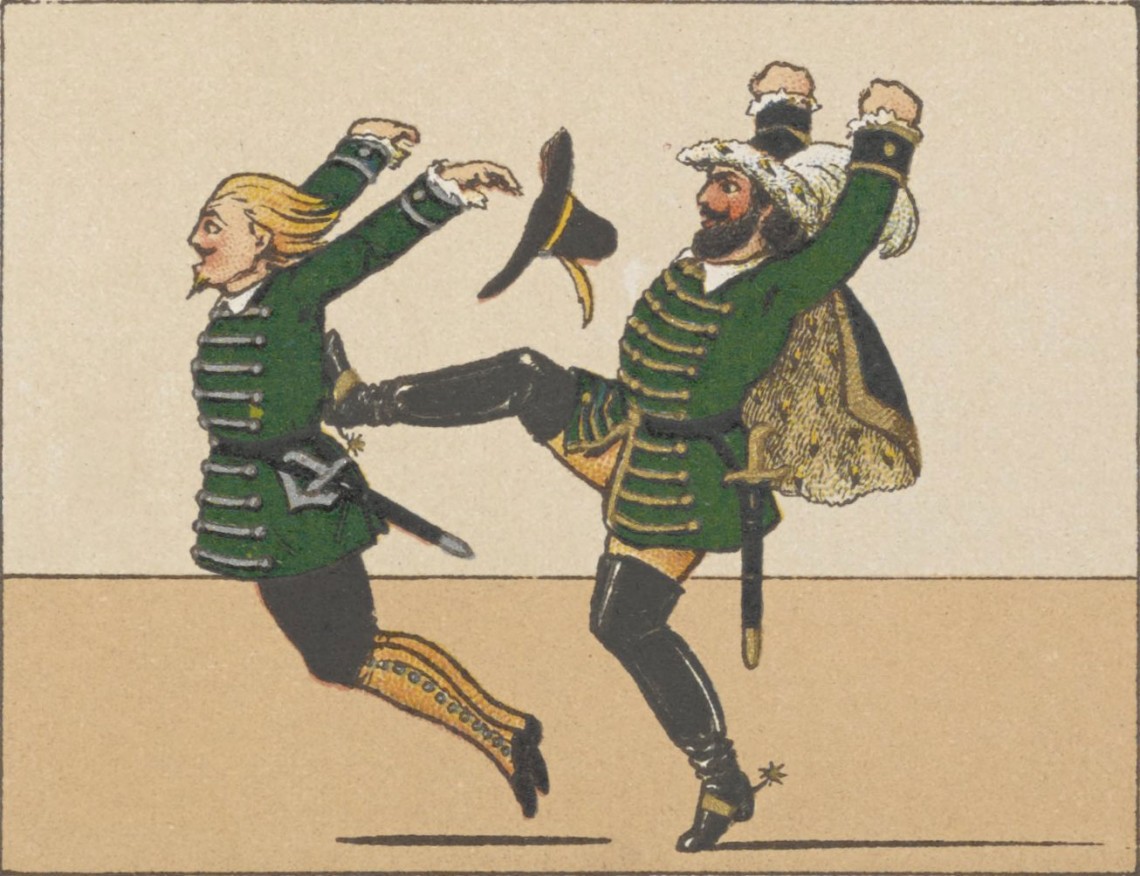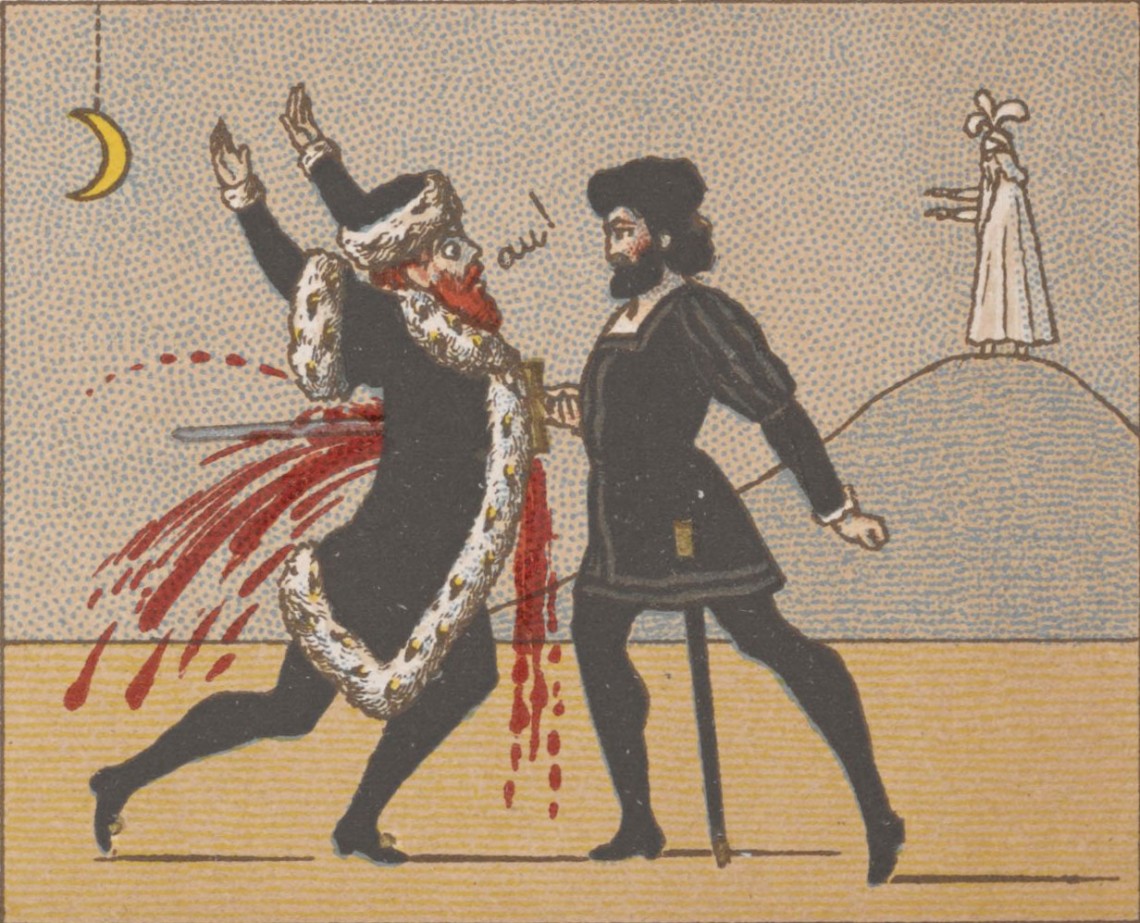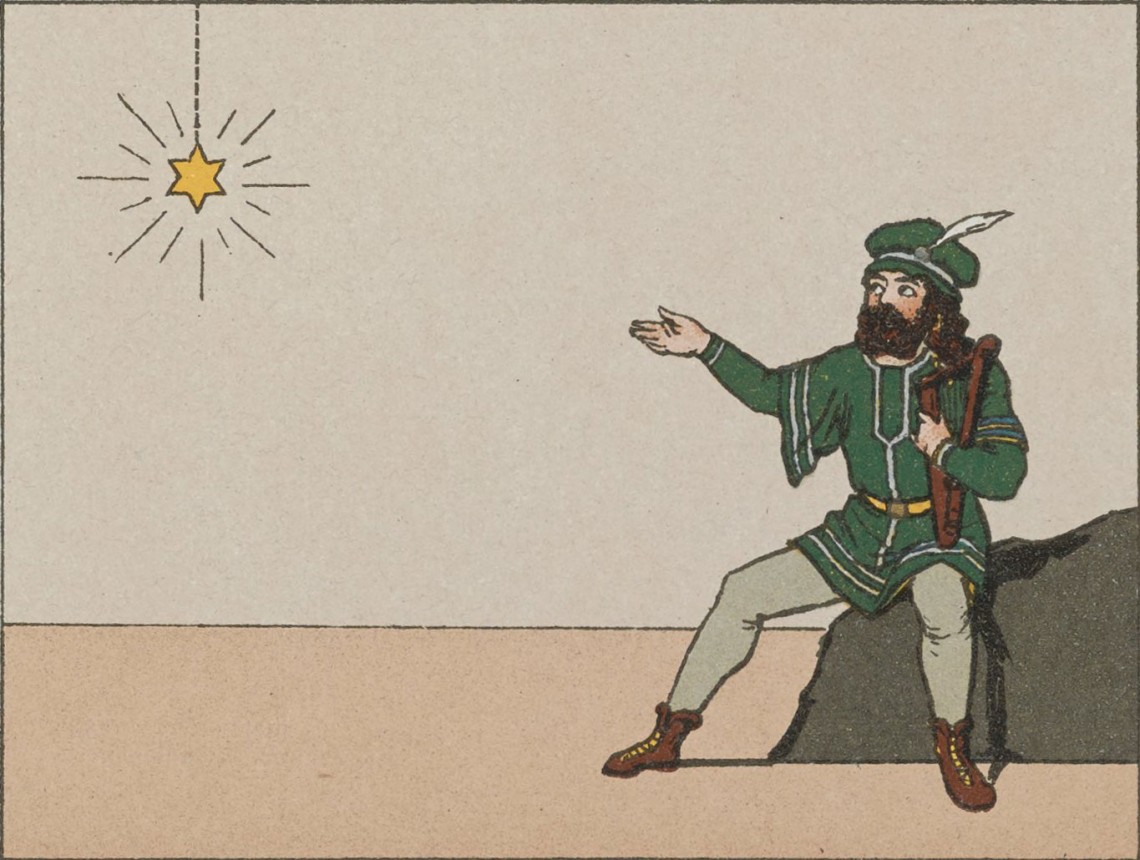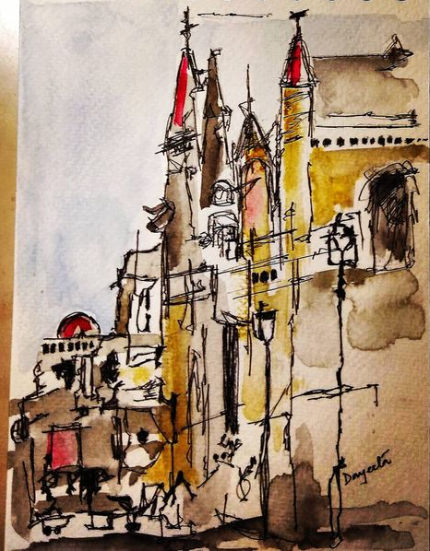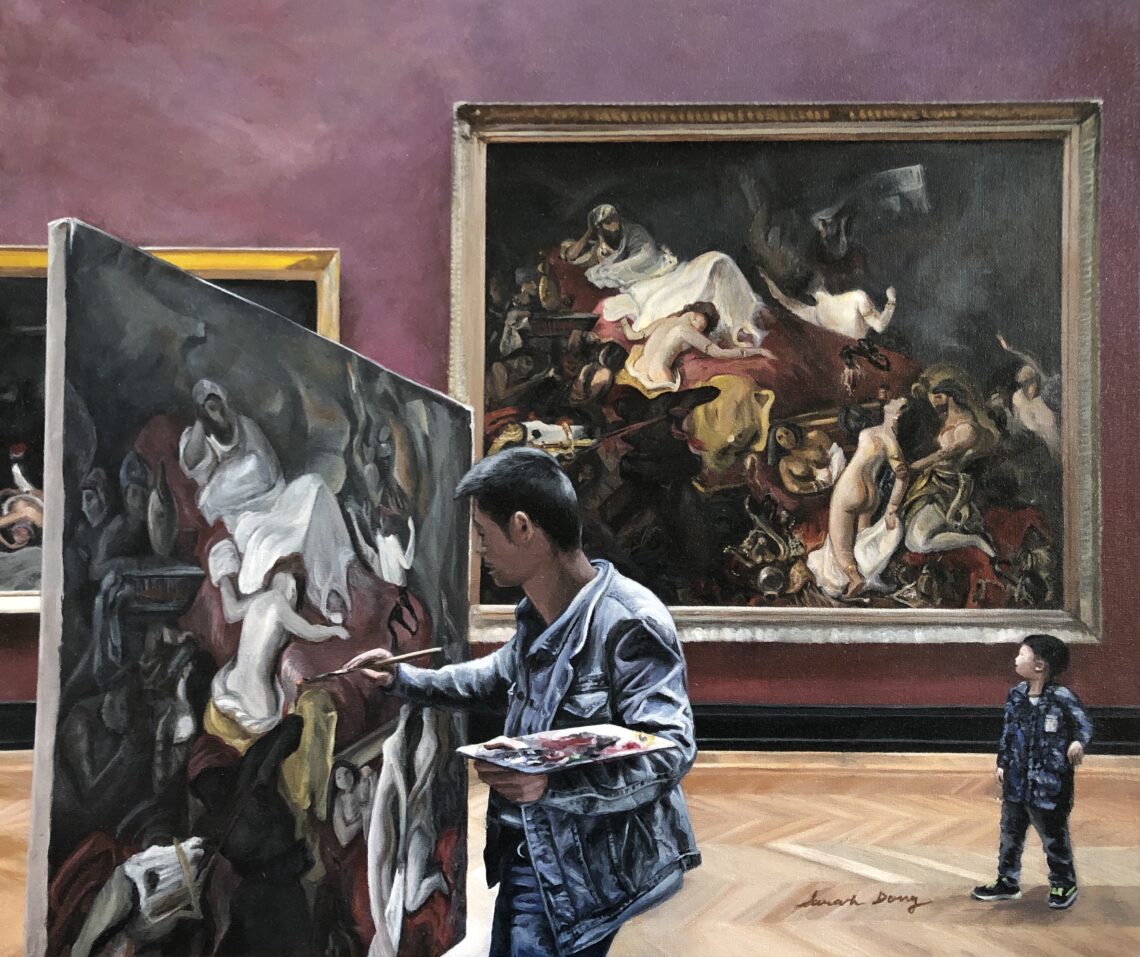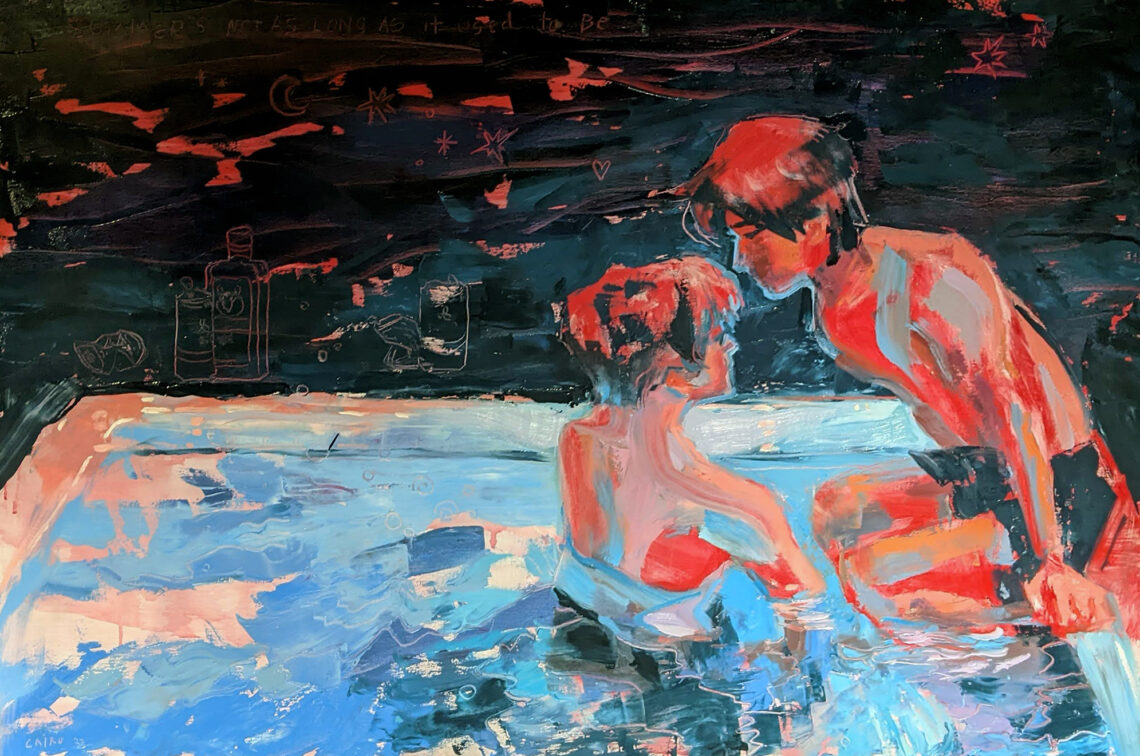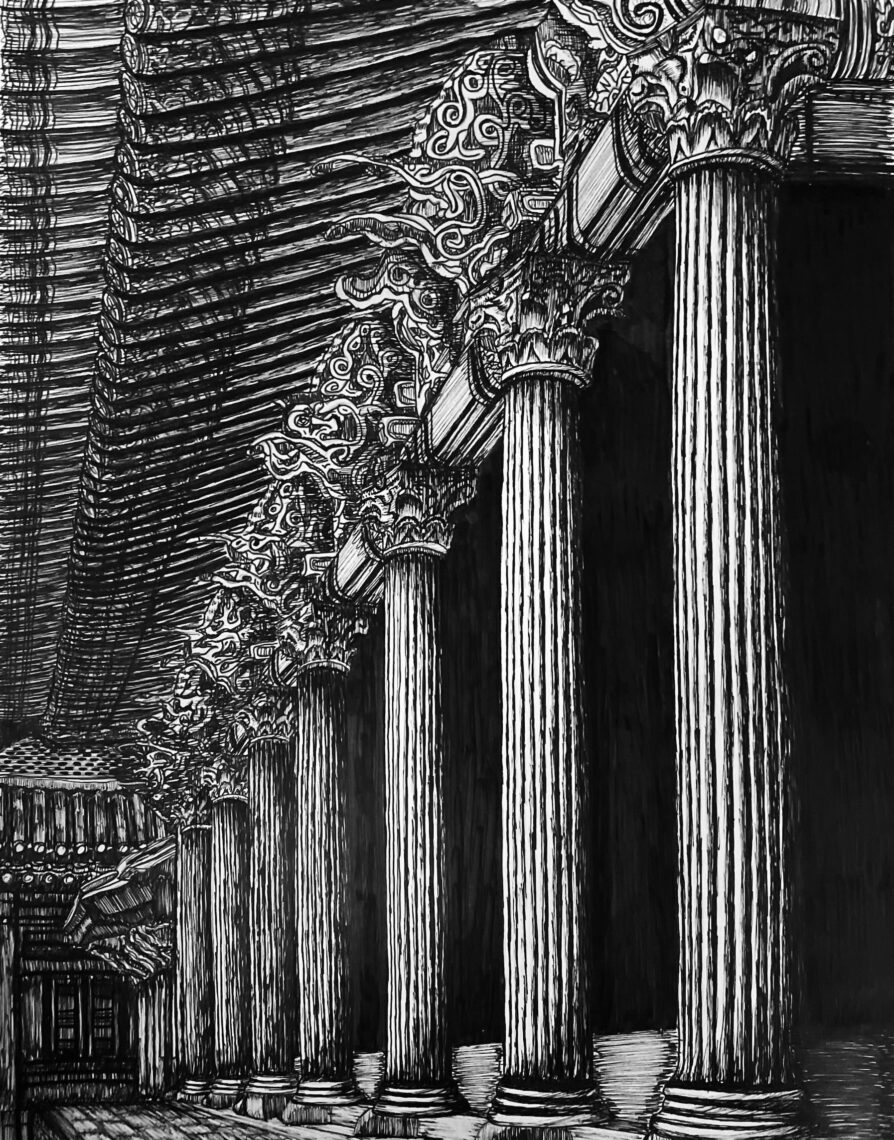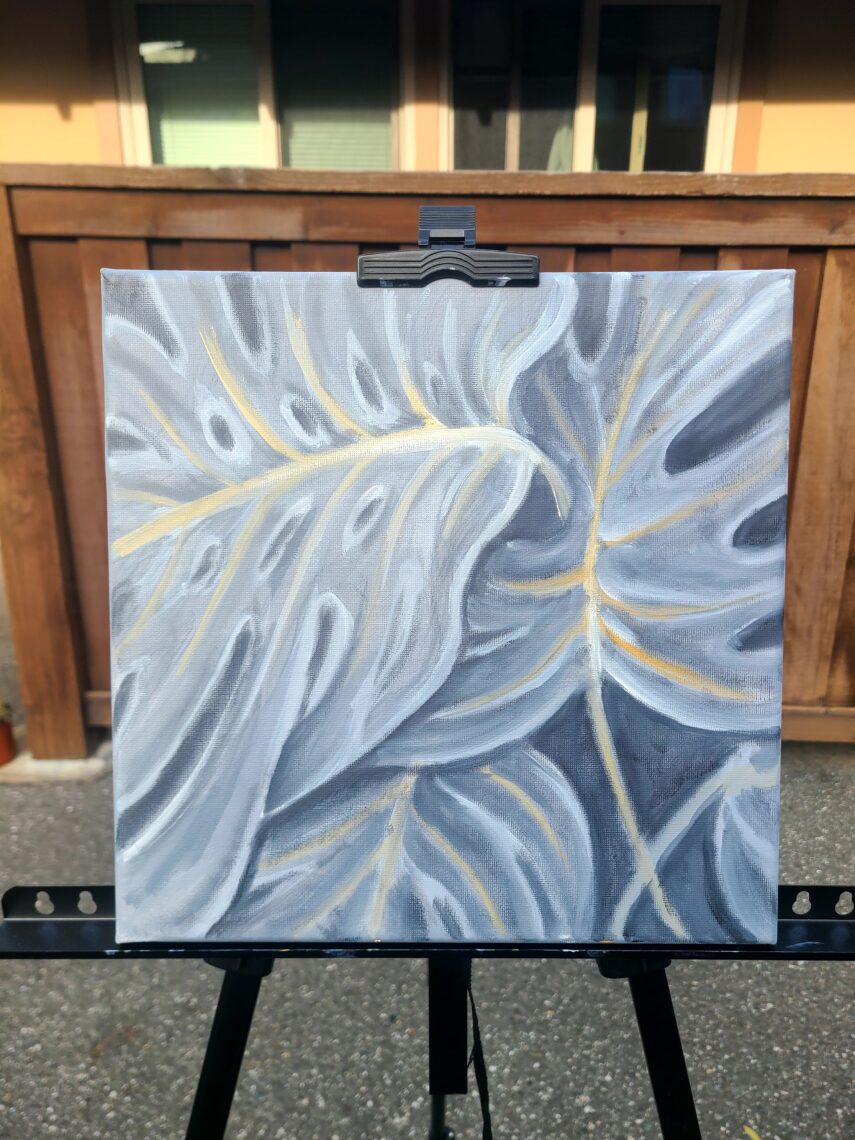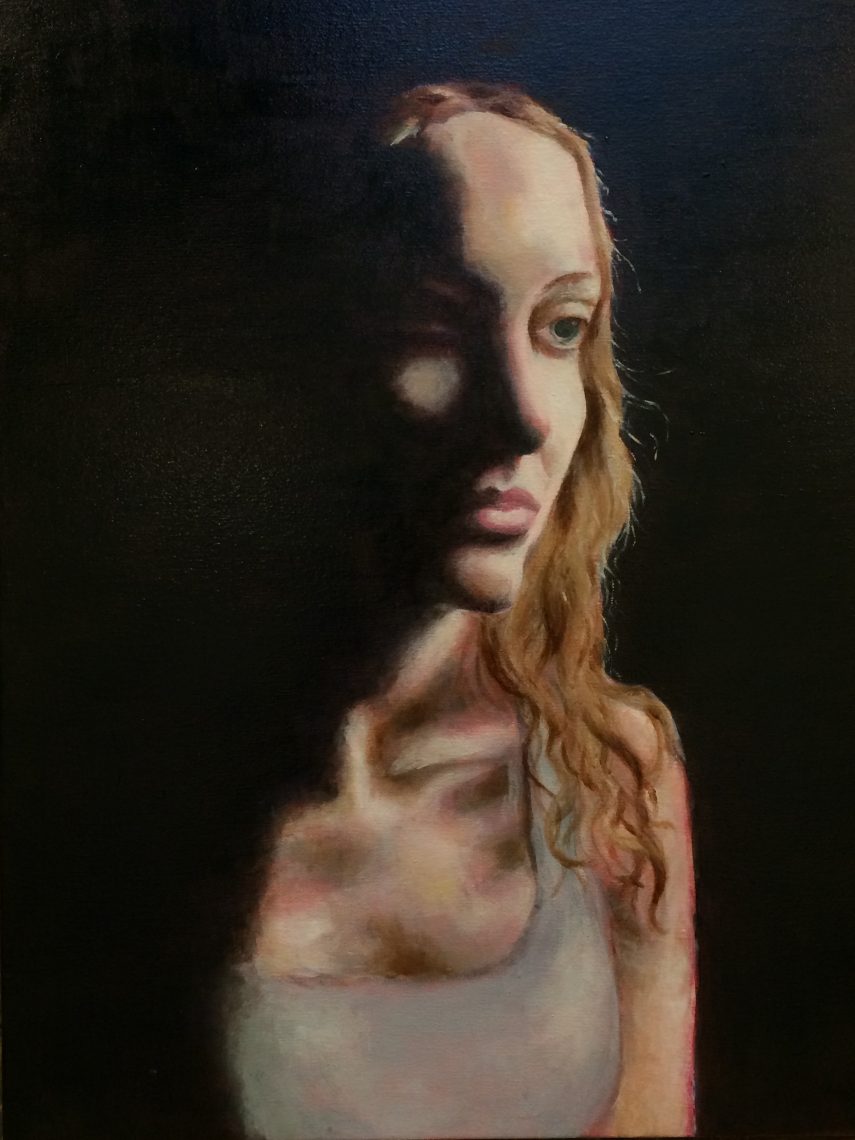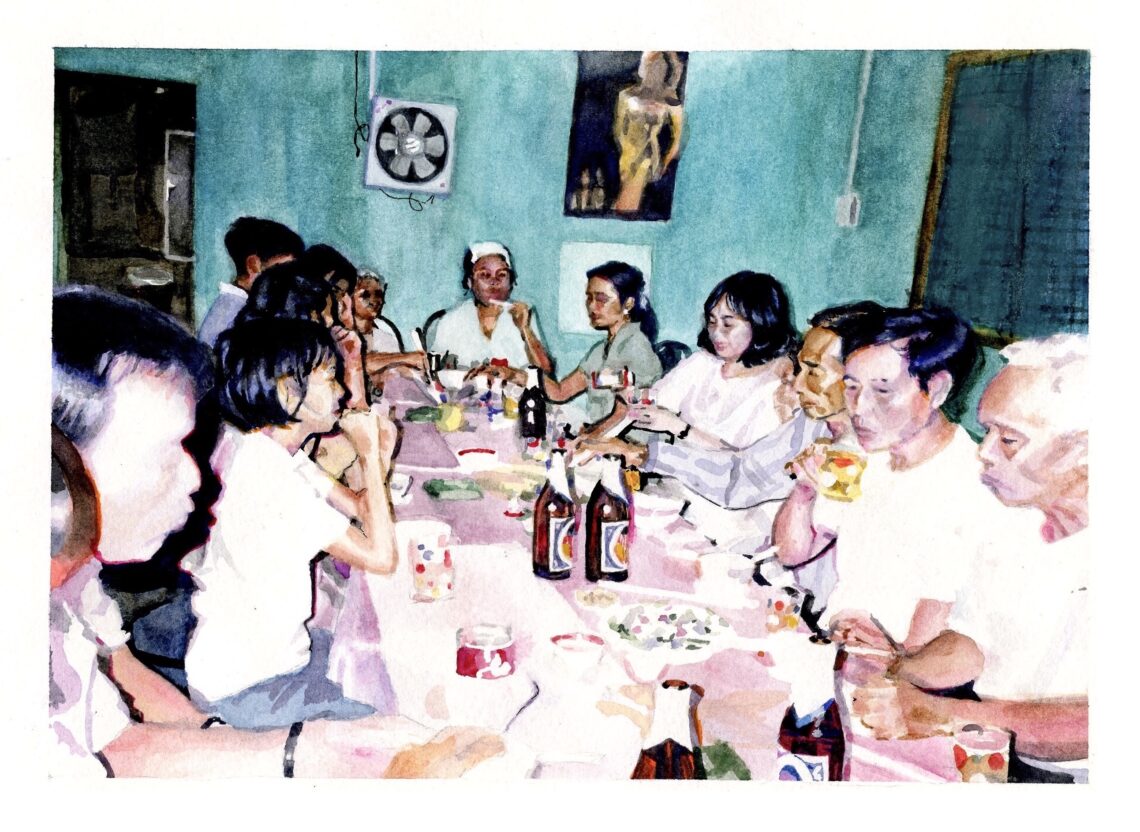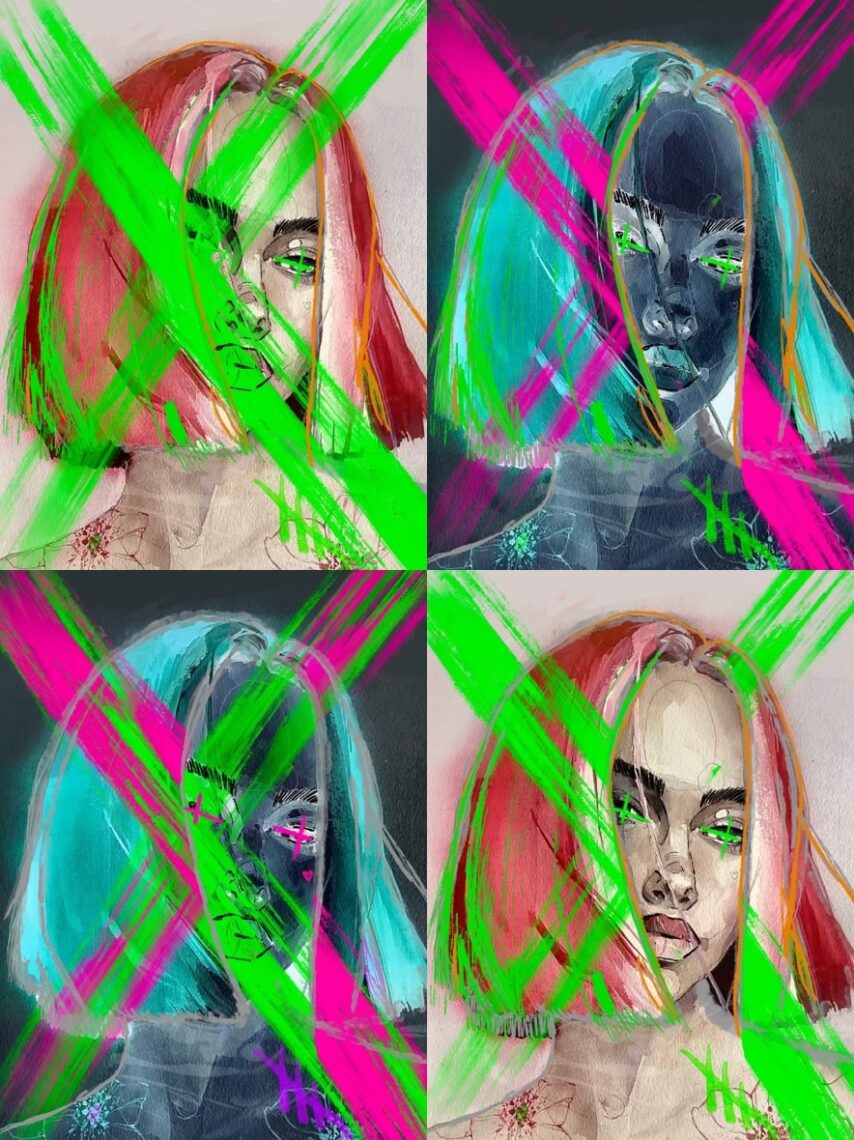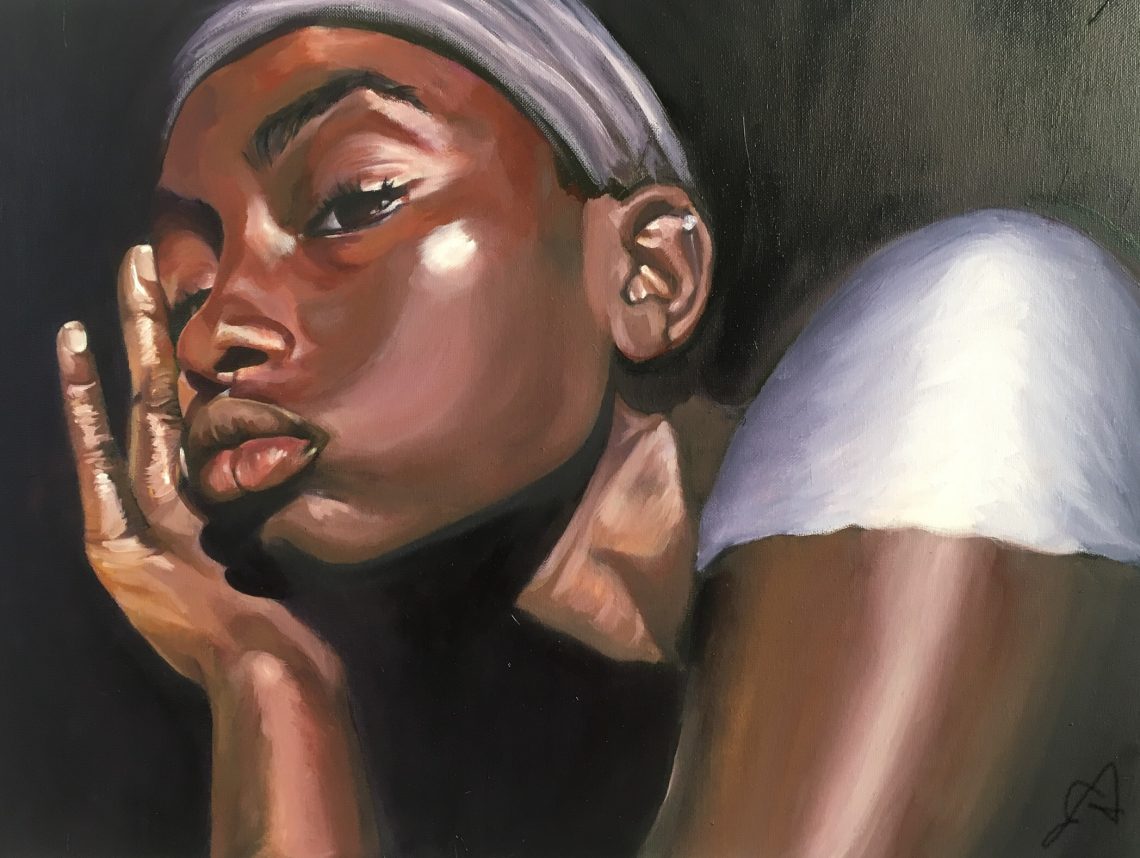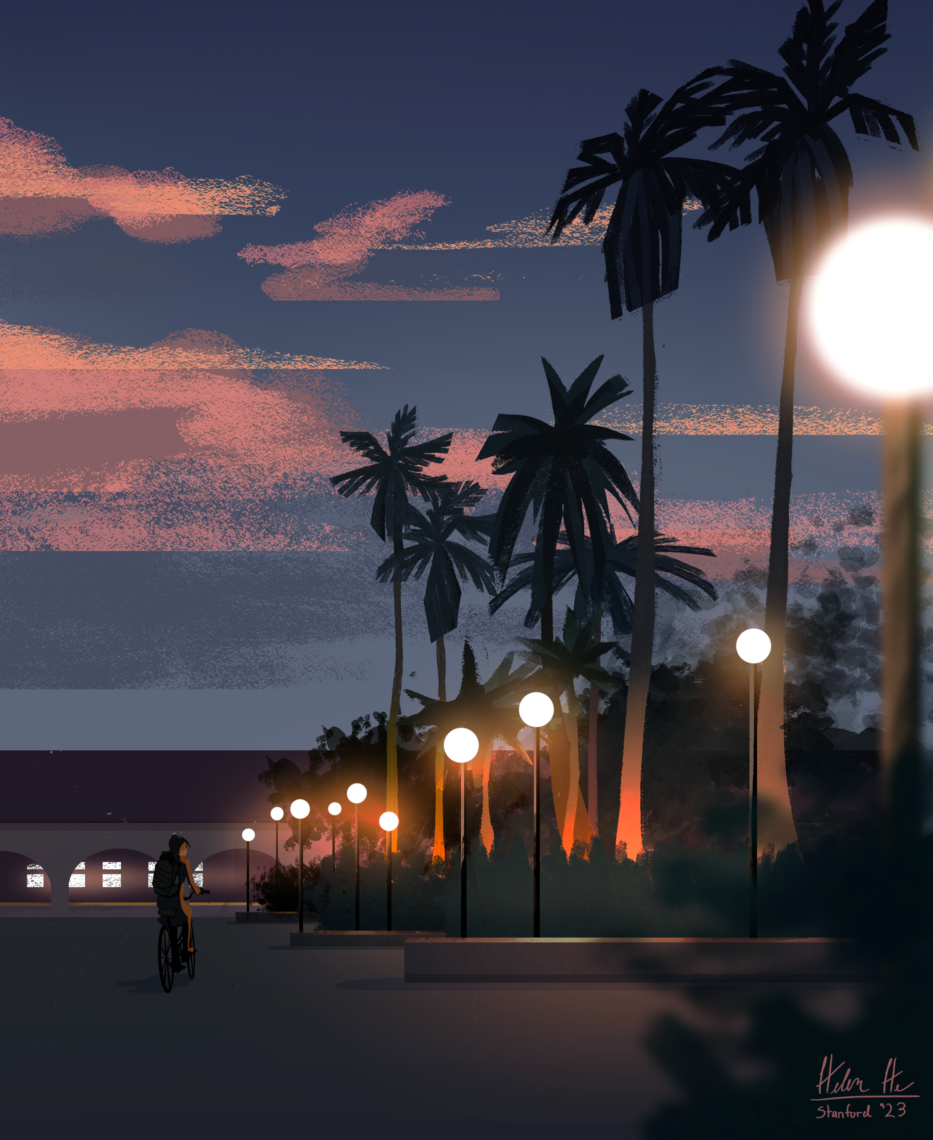Stanford Library Blog: Opern-Typen: opera meets the comics
Opern-Tÿpen consists of six volumes of chromolithographic plates depicting scenes from 54 operas popular in 19th century Germany. Each opera plot has been distilled into a mere six frames, with liberally adapted accompanying text. The visual charms of Opern-Typen are evident. The plates reveal a sophisticated understanding of the effective use of line, gesture, and composition to convey drama and comedy in a tight narrative sequence. Future research may determine if these drawings captured or were informed by real-life performances, as is suggested by the inclusion of staging and scenic elements.
The images were created by Gustav Kölle, a painter and illustrator active in Germany in the latter part of the 19th century. The texts are credited to several adapters, including the Berlin-based music publishers Hermann Erler, Adolf Fürstner, and Bartholf Senff.
Bookplates identifying Christian Rub (1886-1956) as a previous owner of Stanford’s set provide a Hollywood connection. Rub, born in Passau, Germany, made his way to America in the early years of the 20th century, and established himself as a character actor, appearing in numerous films including Heidi, Swiss Family Robinson, You Can’t Take It With You, One Hundred Men and a Girl, and All This, and Heaven Too. He is best remembered as the voice of and inspiration for the animated figure Gepetto in Disney’s Pinocchio.
All six volumes of Opern-Typen are freely available for viewing and download, courtesy of the Stanford University Libraries, with thanks to Astrid Smith, Rare Book and Special Collections Digitization Specialist, and the Digital Production Group.
– See more at: http://library.stanford.edu/blogs/stanford-libraries-blog/2016/01/opern-typen-opera-meets-comics#sthash.pGqP2nQ0.dpuf




